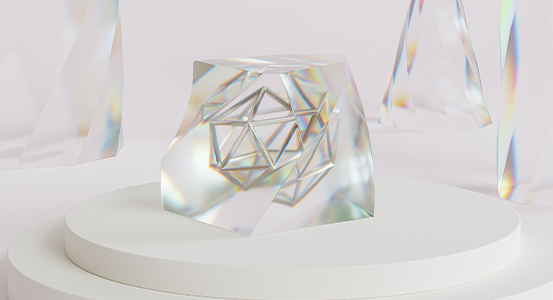Design, 3D Scanning, and Reverse Engineering
As the Norm Additive engineering unit, we use Autodesk Fusion software in product development processes to perform optimizations using Generative Design and lattice structure creation technologies that maximize lightness, aesthetics, and functionality. That way, we both save material and reduce weight, while also converting complex designs into models quickly.
Through parametric modeling we can quickly achieve part consolidations, adjust clearance tolerances for components that will be assembled after production, or offset and thicken those features and surfaces that will be machined with secondary operations.
If you don’t have 3D data, with our Scantech KSCAN Magic II 3D laser scanning system we can digitize complex parts flawlessly down to the finest detail. We scan damaged/broken parts, unavailable spare parts, competitor products or prototype parts in product development processes and obtain high quality mesh data.
In the reverse engineering stage, we reconstruct the mesh data obtained via 3D scanning using NURBS (Non-Uniform Rational B-Splines) modeling in Oqton Design X (Geomagic Design X) software. In this way, while preserving geometric accuracy of the part, we get a CAD model suitable for manufacturing. We also enable curvature continuity, smooth transitions, full representation of analytical forms such as true cones or cylinders, and aesthetic surface finishes. Thus, we succeed in applications requiring product development, tool (mold) design or visual and functional testing.
With this integrated process, we transform design ideas into models that are measurable, manufacturable, and close to reality. We conduct pre-production analyses and evaluations, shorten the time to market of the product, and minimize unexpected incompatibilities or the need for revisions.
